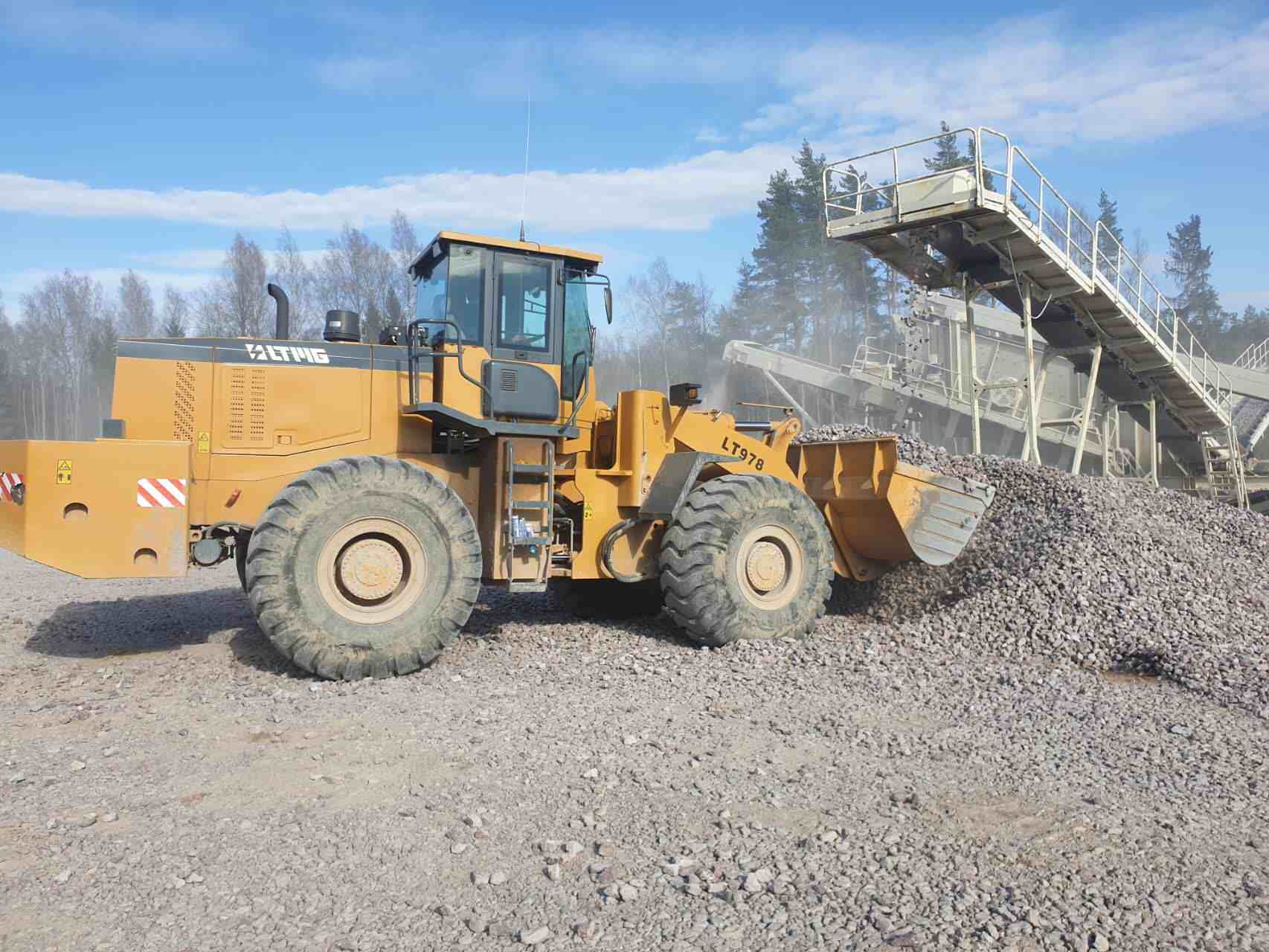Introduction
Hydraulic systems are the heart of construction machinery, providing the power and precision needed for lifting, steering, and control. However, one common issue that affects both performance and safety is hydraulic leakage — the unintended escape of fluid from the system.
Understanding why leaks occur and how to prevent them is essential for maintaining the reliability, efficiency, and longevity of your equipment.
1. Improper Hose Fittings and Connectors
One of the most common causes of hydraulic leakage is the use of incorrect or worn fittings and connectors.
When the diameter or thread size of a joint does not match the hose, or when couplings become worn, the seal weakens under pressure and allows fluid to escape.
Prevention Tip:
Always select fittings and adapters that match the system specifications.
Inspect hoses regularly for signs of wear, corrosion, or misalignment.
Replace connectors that show even minor damage to maintain a proper seal.
2. Surface Leaks in Hydraulic Components
Components such as cylinders, pumps, and valves can develop surface leaks due to scratches, pitting, or loose seals. Contamination and lack of lubrication often accelerate this issue.
Prevention Tip:
Keep hydraulic components clean, lubricated, and protected from debris.
Check for surface damage during every maintenance cycle.
Replace damaged seals promptly to prevent fluid seepage.
3. Leakage at Connection Surfaces
Leaks can also occur at pipe and fitting interfaces, especially when bolts and nuts are not tightened evenly or to the correct torque. Contaminated seals or incorrect installation are also contributing factors.
Prevention Tip:
Use a calibrated torque wrench and follow the manufacturer’s tightening sequence.
Ensure all seals are clean, undamaged, and compatible with the hydraulic fluid used.

4. Seal Wear and Failure
Seals are vital to maintaining pressure and fluid separation within hydraulic systems. Over time, seals can become hardened, brittle, or contaminated, losing their effectiveness.
Prevention Tip:
Choose high-quality seals rated for your operating pressure and temperature.
Replace seals periodically rather than waiting for visible leaks.
Avoid mixing incompatible fluids or exceeding system pressure limits.
5. Leakage Between Valve Spool and Valve Body
The valve assembly plays a critical role in regulating hydraulic flow.
If the spool or valve body wears out, or if the clearance between them is too large, internal leakage can occur — reducing system pressure and efficiency.
Prevention Tip:
Maintain valve components regularly and replace them when wear is detected.
Adjust spool clearances according to manufacturer specifications.
Conclusion
Hydraulic leakage is one of the most common maintenance challenges in construction machinery, but it’s also one of the most preventable.
By understanding the root causes — from poor fittings to worn seals — and following consistent inspection and maintenance routines, operators can greatly reduce downtime, improve safety, and extend the service life of their machines.
LTMG’s hydraulic systems are engineered with precision components and strict quality standards, providing reliable performance across all working conditions. Regular care and proper use ensure that every machine continues to deliver the power and control your projects demand.